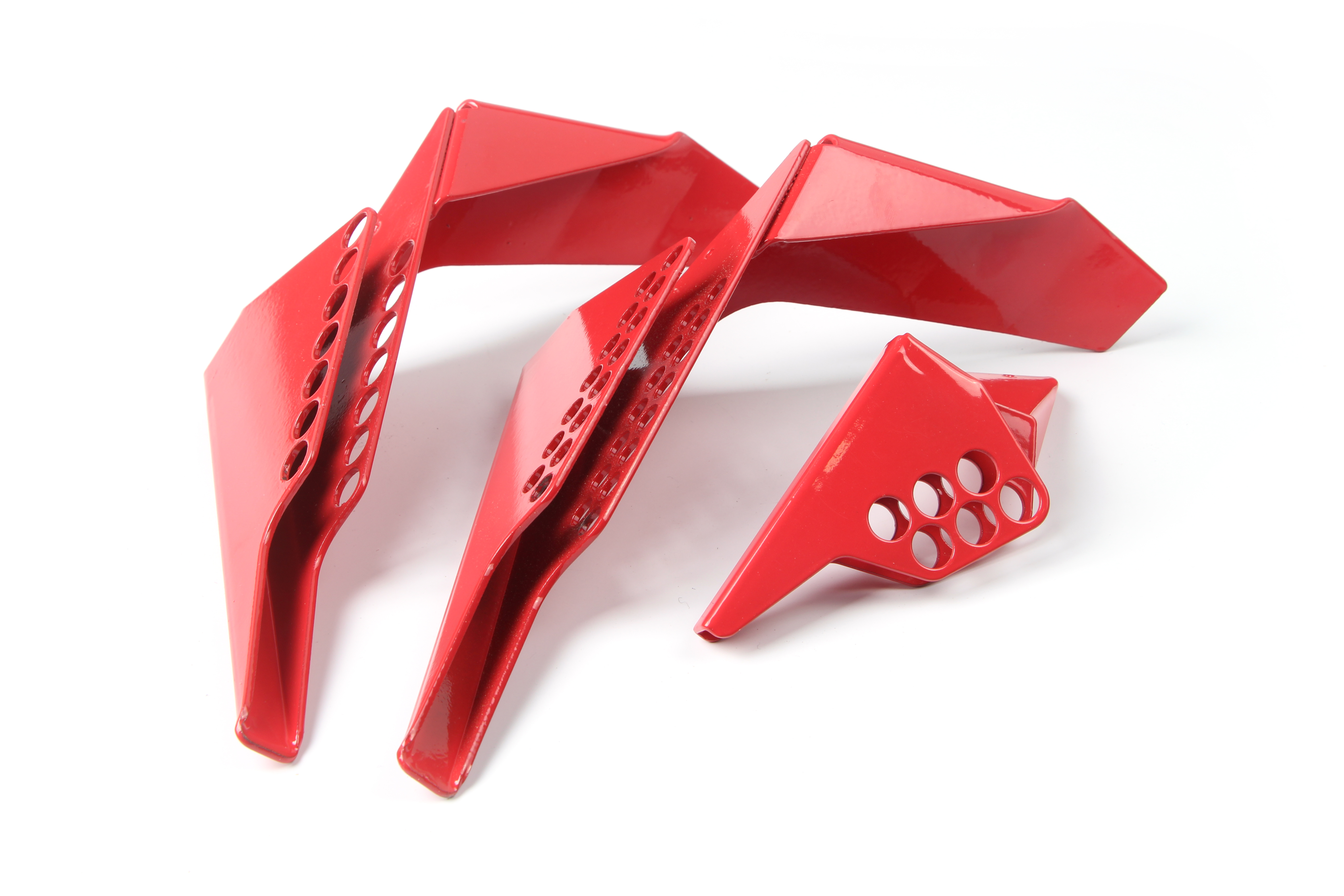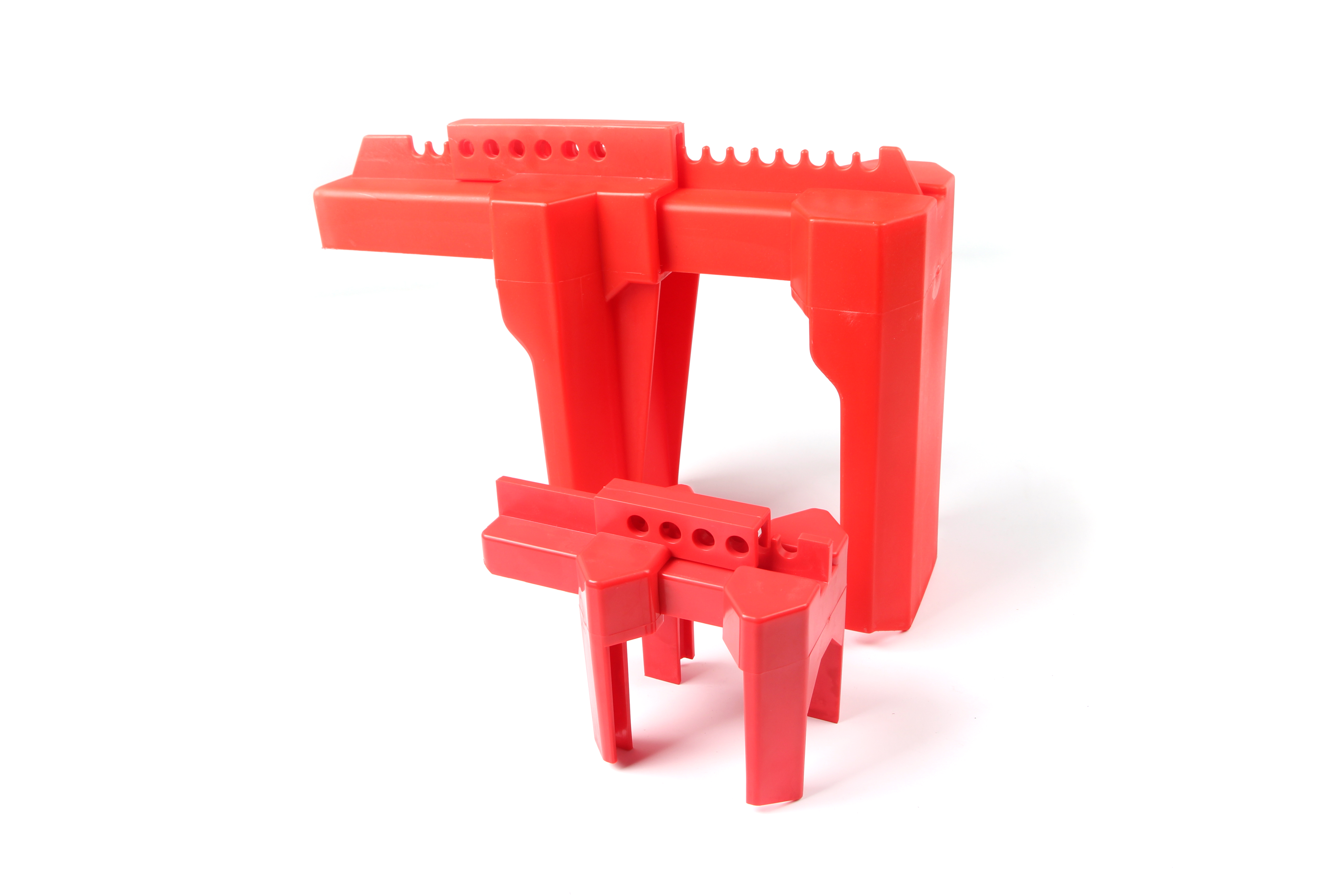When it comes to diesel dynamic uninterruptible power supply UPS, many professional UPS power engineers may be unfamiliar. This paper briefly introduces the dynamic uninterruptible power supply UPS of diesel engine, so that readers can understand this product and give power supply designers a choice of ideas in the future practical application.
In order to have a deeper understanding of dynamic uninterruptible power supplies, first understand the development of uninterruptible power supplies.
From the history of UPS, it has gone through two phases: rotating (dynamic) UPS and static conversion (battery) UPS.
The early UPS was called a rotary UPS and consisted of a rectifier, a battery, a DC motor, a diesel engine, a flywheel, and a generator. In the case of utility power supply, the motor drives the flywheel and the generator to supply power to the load; when the power is turned off, due to the inertia of the flywheel, the rotor of the generator will continue to rotate, so that the generator can continuously supply power to the load (electric energy-kinetic energy). -Electric energy), which acts as a buffer and simultaneously activates the diesel (steam) oil machine. When the engine speed is the same as the generator speed, the oil clutch is connected to the generator to complete the conversion from the mains to the oil. Although its maintenance is simple and stable, the system is large, inconvenient to operate, low in efficiency, high in noise, low in power quality, and technical conditions restrict people to adopt this simple solution. With the continuous emergence and extensive application of computer networks, medical devices and precision instruments, rotary UPS has been difficult to meet the requirements. Therefore, with the development of power electronics technology, another form of UPS---static conversion UPS has emerged. This is the most common type of UPS we have at present, and it is also the concept of UPS for most people.
From a global perspective, the development and application of UPS is relatively lagging behind in China, mainly due to the relative backwardness of the economy. In recent years, as the national economy has grown, the demand for UPS by domestic customers has gradually expanded. This makes UPS widely used. In fact, the vast majority of people who have come into contact with and understand from the beginning are static battery UPS. When it comes to dynamic rotary UPS, for many people, it is a brand new concept. Now you have to ask, since the dynamic UPS mentioned above has so many shortcomings that it has been basically replaced by a battery-type UPS, there is no need to emphasize this so-called new concept.
In fact, the value of the product exists because of the needs of customers. The existence of dynamic UPS makes up for the shortage of battery UPS. Dynamic UPS combines its own advantages. After decades of continuous development and improvement, it has become unique in the high-power market. Compared with battery-type UPS, single-machine power range High, obvious, powerful, with integrated power solutions, due to its simple and compact structure, higher reliability, and with the increase of power applications, its high efficiency and economic efficiency is more prominent. Therefore, it has been widely used in the international high-power market.
So, what is a dynamic UPS? What are the advantages? The following is a brief description of the typical dynamic UPS of the Dutch Haitek Power Protection Co., Ltd., which is in the international leading position.
First, the system description
The system continuously filters utility power in a concise and efficient manner and protects against sudden power outages. With its unique design concept, the dynamic UPS system provides users with an optimized UPS system to ensure the normal operation of the user's facilities. UPS can meet the power supply of different lengths of time depending on the fuel supply.

The system consists of five core components:
(1) Synchronous alternator. In the mains mode, the generator acts as a synchronous capacitor that maintains the speed of the outer rotor of the inductive coupler. It provides reactive power to the load and is combined with a reactor as an active filter. When the mains is cut off, the generator is first driven by an inductive coupler and then driven by a diesel engine to provide power to the emergency load.
(2) Inductive coupler. The inductive coupler is the unique design concept of the product and the heart of the UPS system. The outer rotor consists of a two-pole three-phase coil that accelerates the free-rotating inner rotor in the mains mode. When the utility power is cut off, the UPS energizes the DC coil of the outer rotor, thereby taking out the kinetic energy stored in the inner rotor. It takes a little time for the diesel engine to start and accelerate to full speed or full power, and the energy drawn by the inner rotor is sufficient to meet the energy requirements during this time.
In order to have a deeper understanding of dynamic uninterruptible power supplies, first understand the development of uninterruptible power supplies.
From the history of UPS, it has gone through two phases: rotating (dynamic) UPS and static conversion (battery) UPS.
The early UPS was called a rotary UPS and consisted of a rectifier, a battery, a DC motor, a diesel engine, a flywheel, and a generator. In the case of utility power supply, the motor drives the flywheel and the generator to supply power to the load; when the power is turned off, due to the inertia of the flywheel, the rotor of the generator will continue to rotate, so that the generator can continuously supply power to the load (electric energy-kinetic energy). -Electric energy), which acts as a buffer and simultaneously activates the diesel (steam) oil machine. When the engine speed is the same as the generator speed, the oil clutch is connected to the generator to complete the conversion from the mains to the oil. Although its maintenance is simple and stable, the system is large, inconvenient to operate, low in efficiency, high in noise, low in power quality, and technical conditions restrict people to adopt this simple solution. With the continuous emergence and extensive application of computer networks, medical devices and precision instruments, rotary UPS has been difficult to meet the requirements. Therefore, with the development of power electronics technology, another form of UPS---static conversion UPS has emerged. This is the most common type of UPS we have at present, and it is also the concept of UPS for most people.
From a global perspective, the development and application of UPS is relatively lagging behind in China, mainly due to the relative backwardness of the economy. In recent years, as the national economy has grown, the demand for UPS by domestic customers has gradually expanded. This makes UPS widely used. In fact, the vast majority of people who have come into contact with and understand from the beginning are static battery UPS. When it comes to dynamic rotary UPS, for many people, it is a brand new concept. Now you have to ask, since the dynamic UPS mentioned above has so many shortcomings that it has been basically replaced by a battery-type UPS, there is no need to emphasize this so-called new concept.
In fact, the value of the product exists because of the needs of customers. The existence of dynamic UPS makes up for the shortage of battery UPS. Dynamic UPS combines its own advantages. After decades of continuous development and improvement, it has become unique in the high-power market. Compared with battery-type UPS, single-machine power range High, obvious, powerful, with integrated power solutions, due to its simple and compact structure, higher reliability, and with the increase of power applications, its high efficiency and economic efficiency is more prominent. Therefore, it has been widely used in the international high-power market.
So, what is a dynamic UPS? What are the advantages? The following is a brief description of the typical dynamic UPS of the Dutch Haitek Power Protection Co., Ltd., which is in the international leading position.
First, the system description
The system continuously filters utility power in a concise and efficient manner and protects against sudden power outages. With its unique design concept, the dynamic UPS system provides users with an optimized UPS system to ensure the normal operation of the user's facilities. UPS can meet the power supply of different lengths of time depending on the fuel supply.

The system consists of five core components:
(1) Synchronous alternator. In the mains mode, the generator acts as a synchronous capacitor that maintains the speed of the outer rotor of the inductive coupler. It provides reactive power to the load and is combined with a reactor as an active filter. When the mains is cut off, the generator is first driven by an inductive coupler and then driven by a diesel engine to provide power to the emergency load.
(2) Inductive coupler. The inductive coupler is the unique design concept of the product and the heart of the UPS system. The outer rotor consists of a two-pole three-phase coil that accelerates the free-rotating inner rotor in the mains mode. When the utility power is cut off, the UPS energizes the DC coil of the outer rotor, thereby taking out the kinetic energy stored in the inner rotor. It takes a little time for the diesel engine to start and accelerate to full speed or full power, and the energy drawn by the inner rotor is sufficient to meet the energy requirements during this time.
This safety ball valve handle lock is resistant to cracking and abrasion, resistant to extreme weather temperature conditions. The Valve Lockout is equipped together with padlocks.
With a padlock, the device ultimately gets fixated and the ball valve is locked. Accidental opening during maintenance work is therefore impossible. The Ball Valve Lockout device can be used universally and is also applicable for pipes that are hard to reach. The handling is practical and easy, since padlocks can be exactly positioned in one of the many holes of the device.


Ball Valve Lockout
Ball Valve Lockout,Brady Ball Valve Lockout,Lockable Ball Valve,Locking Ball Valve
Lockey Safety Products Co., Ltd. , http://www.lotolockey.com
